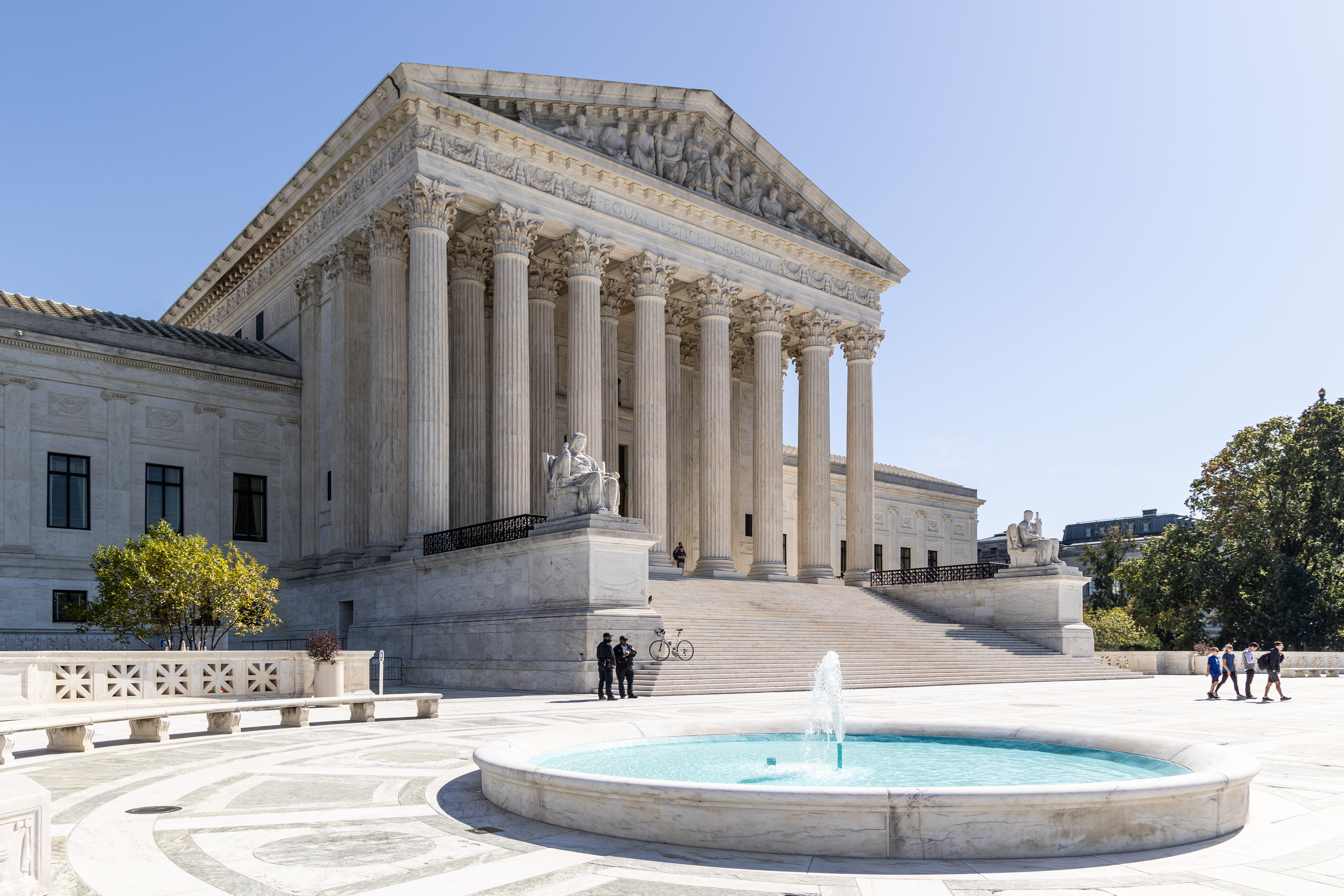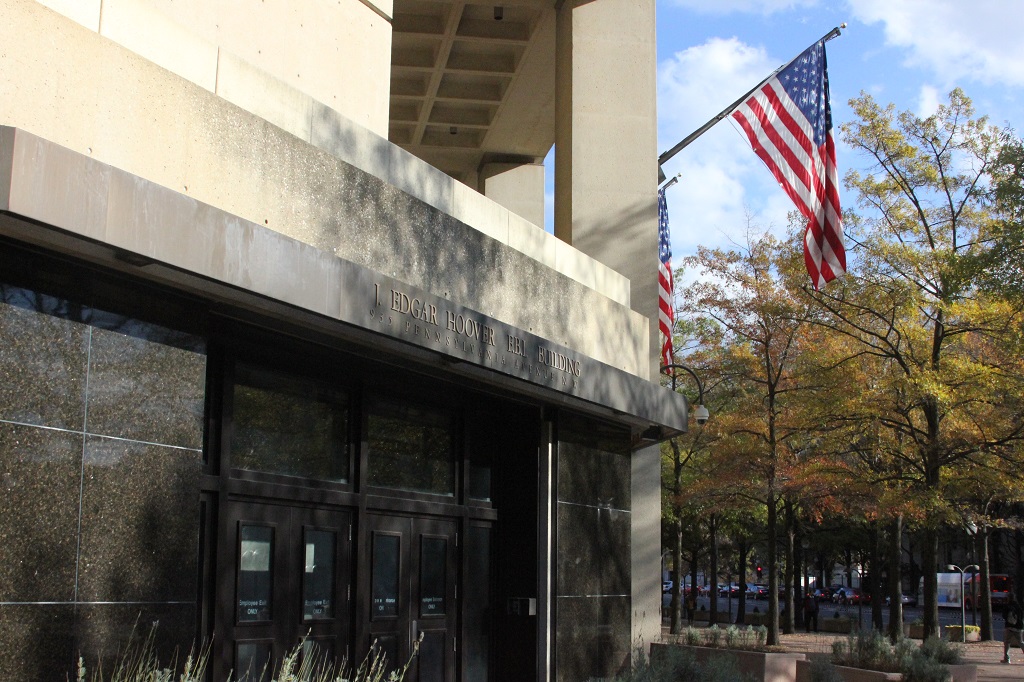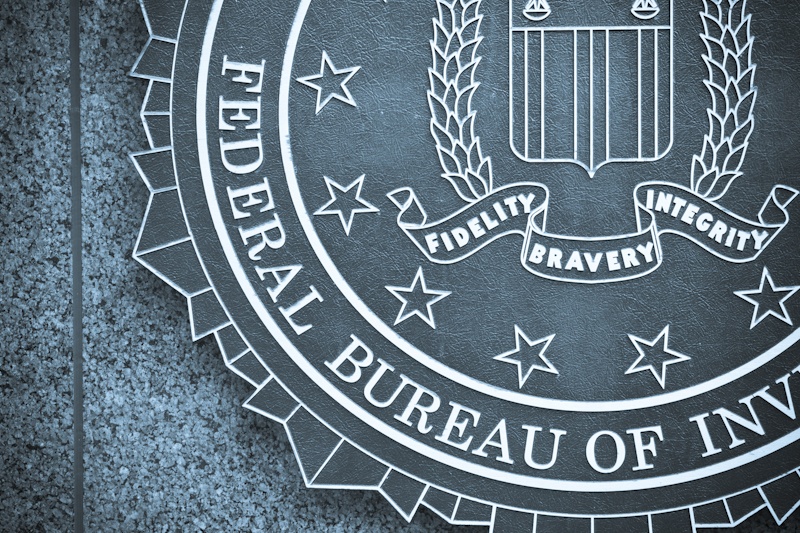The Supreme Court’s Counterman Decision, Explained

Published by The Lawfare Institute
in Cooperation With

The First Amendment does not, and never has, protected threats of violence, and this week the Supreme Court clarified the standard for criminalizing “true-threats,” resolving a circuit split in the process. In Counterman v. Colorado, the Court, in an opinion written by Justice Elena Kagan, held that although a person needs to intend for words to be threatening to rise to the level of criminality, a showing that a person was acting recklessly when they made the statement would satisfy the intent requirement.
Facts and Procedural History
For two years, the defendant, Colorado resident Billy Counterman, had been sending hundreds of Facebook messages to a local singer and musician referred to only as “C.W.” Counterman was a complete stranger to C.W., and C.W. would continuously block Counterman’s Facebook profile. Counterman, however, would continue to create new profiles to message C.W. These messages ranged from the tame “I am going to the store would you like anything” to the angry “You’re not being good for human relations. Die.” Some messages indicated that Counterman was stalking C.W., referencing “physical sightings.” The messages caused C.W. tremendous fear and emotional distress, culminating in her contacting the Colorado police. Counterman was subsequently arrested for violating a Colorado anti-stalking statute based solely on the “true-threats” in his Facebook messages. Under the Colorado statute at issue, the definition of a “credible threat” is:
[A] threat, physical action, or repeated conduct that would cause a reasonable person to be in fear for the person's safety or the safety of his or her immediate family or of someone with whom the person has or has had a continuing relationship. The threat need not be directly expressed if the totality of the conduct would cause a reasonable person such fear.
Under that objective standard, the state had to show only that a reasonable person would understand Counterman’s statements as threats, but did not have to show any awareness on Counterman’s part that his statements could be understood as threats. Counterman appealed to the Colorado Court of Appeals, arguing that the court should have required the prosecution to prove that Counterman intended his messages to be threatening. The court, however, affirmed the trial court’s judgment and the Colorado Supreme Court denied review. However, while Colorado and most of the circuits apply this “objective” test, the Ninth and Tenth Circuits applied a “subjective” test requiring a defendant to have the necessary intent to qualify as a threat. Therefore, the Supreme Court granted review to resolve this split by addressing two primary issues: (a) whether courts should apply a subjective test (whether prosecutors need to prove the intent of the speaker) and (b) if so, what type of intent would be required.
What Is a “True-Threat”?
The Court began by defining a “true-threat” as a “‘serious expression’ conveying that a speaker means to ‘commit an act of unlawful violence.’” The Court reiterated, however, their distinction that a true-threat is different from “jests, ‘hyperbole,’ or other statements that when taken in context do not convey a real possibility that violence will follow.”
Citing Elonis v. United States, 575 U.S. 723, 733 (2015), the Court reiterated that it is not whether the speaker is aware of, and intends to convey, the threatening aspect of the message that makes a particular statement a threat. What the statement conveys to the other person determines whether a threat exists. Despite being a true-threat, however, statements may still be protected under the First Amendment to prevent the chilling of speech. Therefore, after establishing that a threat exists, the case then turns on whether the First Amendment requires the speaker to have some level of subjective intent when making true-threats to create criminal liability and overcome the concerns regarding the deterrence or chilling of speech.
Two Questions the Court Answered
Does the First Amendment demand that a state, in a true-threats case, use a subjective test and prove the defendant was aware in some way of the threatening nature of his communications?
Counterman argued that there is a mens rea (proof of a defendant’s subjective mindset), because the absence of such a requirement would chill protected, nonthreatening speech. Without such a mens rea requirement, a person unsure of what side of the line their words would fall on or in fear of being prosecuted erroneously could be deterred from making a statement otherwise protected by the First Amendment.
A way to protect individuals from censoring protected speech is to require a state to show a culpable mental state for prosecution. The Court acknowledged that such a requirement comes at a cost, as the opinion states that “[i]t will shield some otherwise proscribable (here, threatening) speech because the State cannot prove what the defendant thought.” Other categories of unprotected speech that garner this “strategic protection” in an effort to prevent chilling protected speech are defamation, obscenity, and incitement to unlawful conduct.
What type of subjective mental standard does the First Amendment require in a true-threats case?
The Court decided between three different mens rea standards for the prosecution to be able to convict someone under a true-threats theory: (a) The defendant wanted his words to be perceived as a threat (purposeful); (b) he knew to a practical certainty that his words would be taken as a threat (knowledge); and (c) he consciously disregarded a substantial and unjustifiable risk that the conduct would cause harm to another (recklessness). Out of these three standards, recklessness prevailed as the path forward: “In the threats context, it means that a speaker is aware ‘that others could regard his statements as’ threatening violence and ‘delivers them anyway.’” The Court noted that reckless defendants have done more than make a bad mistake, but have consciously accepted a substantial risk of inflicting serious harm. Their formulation of the path forward took into consideration the “competing value” found in “protecting against the profound harms, to both individuals and society, that attend true threats of violence—as evidenced by this case” against chilling protected speech.
Therefore, the Court ruled that, to find that someone communicated a true-threat, a party must prove the defendant at least acted recklessly when he or she conveyed the threat to another.
Notable Concurrences and Dissents
Justice Sonia Sotomayor, with whom Justice Neil Gorsuch joined as to Parts I, II, III-A, and III-B, concurring in part and concurring in the judgment.
The justices concur with the Court’s conclusion that some subjective mens rea is required in true-threats cases but would not reach the question of whether recklessness is sufficient generally. First, Sotomayor finds that “requiring nothing more than a mens rea of recklessness is inconsistent with precedent, history, and the commitment to even harmful speech that the First Amendment enshrines.” She notes first that neither party raised nor advocated a standard of recklessness before the lower courts. Second, Counterman was prosecuted for stalking involving threatening speech. Therefore, Sotomayor found there was no need to reach into a stalking case to determine whether anything more than recklessness is needed for punishing true-threats generally.
Sotomayor differs on the Court’s approach to their analysis and would instead ask first about the scope of the “well-defined and narrow category of ‘true threats’ as a constitutional matter.” The Court, Sotomayor argues, must ask whether there is a “long-standing tradition of punishing inadvertent threats as ‘true threats.’” She finds precedent and the history of threat crimes does not find that to be the case.
Justice Barrett’s Dissent
Justice Amy Coney Barrett, joined in full by Justice Clarence Thomas (who wrote a short dissenting opinion as well), dissents on the basis that a recklessness standard “unjustifiably grants true threats preferential treatment.” She argues that true-threats require an objective test, because neither their “social value” nor potential for “injury” depends on the speaker’s subjective intent. Barrett points to certain categories of speech regulated under objective standards that she argues the Court “skips past,” which include fighting words and false, deceptive, or misleading commercial speech. Additionally, Barrett takes issue with the standards for obscenity and defamation that the Court put forward. Therefore, she finds that First Amendment precedent does not “set a ‘baseline ban on an objective standard.’”
Barrett also notes that an objective test in the true-threats context would provide adequate protection for two reasons: First, true-threats require that the speaker express an intent to commit an act of unlawful violence, and, second, a reasonable listener familiar with the entire factual context in which the statement occurs must consider the statement threatening. These considerations help distinguish protected speech from true-threats. Furthermore, Barrett notes that Counterman could not show that a subjective requirement had been inherent to the definition of a true-threat since the founding. Barrett also notes that recklessness as a standard was not raised by the parties.
Ultimately, Barrett argues that the Court’s decision sweeps much further by its potential impacts on civil actions, such as civil enforcement actions, individuals seeking restraining orders from harassers, and employers and schools disciplining students.






